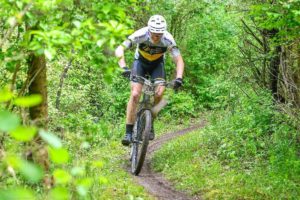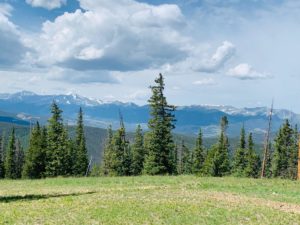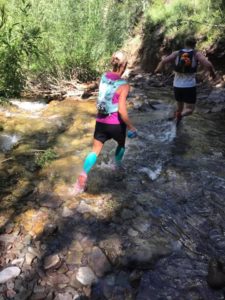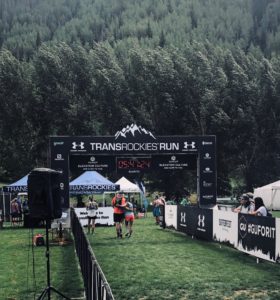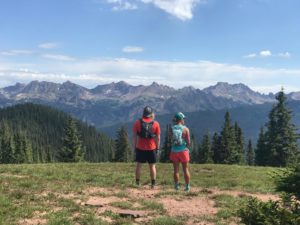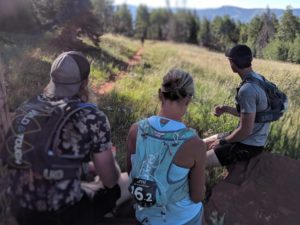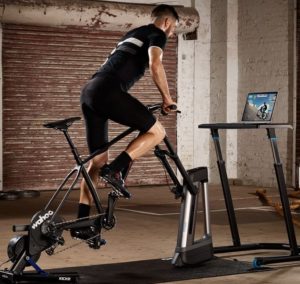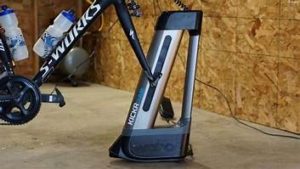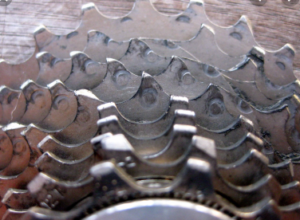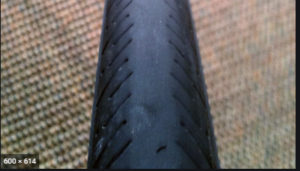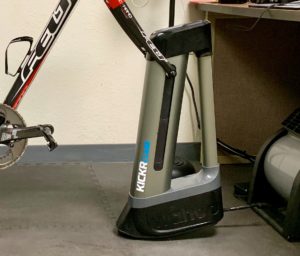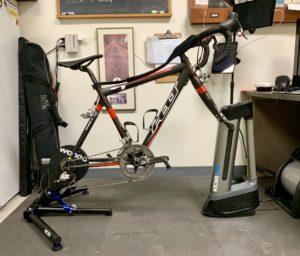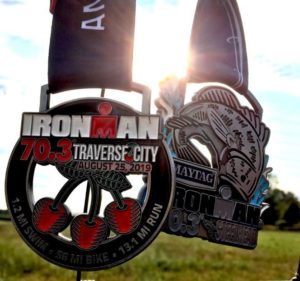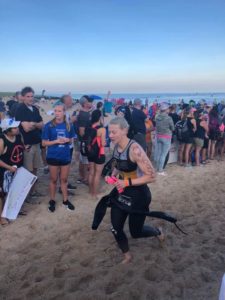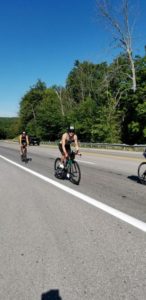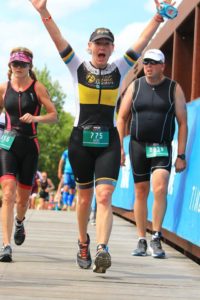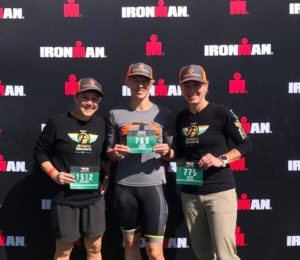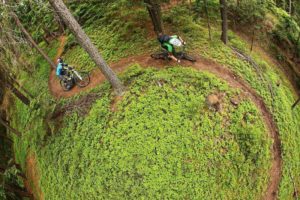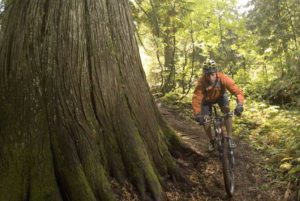By Jared Dunham
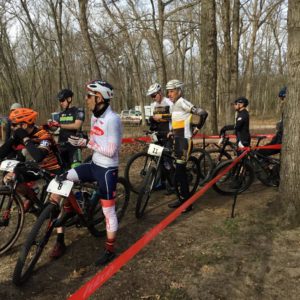 When you think of time trial racing, mountain bikes don’t usually come to mind, but occasionally you can get a race that combines the two. Time trials are the testing of the athlete against the clock, not other competitors. In a time trial race participants are sent off onto the race course one at a time with small gaps between each other. Each racer is timed individually and whoever finishes with the fastest time is the winner. While at there core, Road and Mountain Bike time trails follow the same formula, there are some differences compared to the MTB version.
When you think of time trial racing, mountain bikes don’t usually come to mind, but occasionally you can get a race that combines the two. Time trials are the testing of the athlete against the clock, not other competitors. In a time trial race participants are sent off onto the race course one at a time with small gaps between each other. Each racer is timed individually and whoever finishes with the fastest time is the winner. While at there core, Road and Mountain Bike time trails follow the same formula, there are some differences compared to the MTB version.
The mountain bike time trials I’ve raced at are: Yankee Springs TT, Custer’s Last Stand, Luton Park TT, and M66 TT. These time trial races typically are on shorter distance courses (totaling 6 to 16 miles) and more about an all-out sprint than a long-distance ride. The races I’ve done had laps that are 6 to 8 miles with Beginner/Sport doing one lap and Expert/Elite completing two. Generally, the gap between racers seems to be 30 seconds across the board. These 30 seconds don’t seem like a lot in the grand scheme of things, however they can make a real difference if competition is tight or if the trail is particularly technical.
Benefits
A major benefit to racing in this style is having the ability to host a race on trails that wouldn’t be able to handle a racing event otherwise. Some trails simply don’t have the room or positioning to host a mass start, or the path is too tight for racers to be jostling for placement on. Essentially the time trial can eliminate issues with racers trying to pass each other and going over the handlebars because the trail isn’t wide enough to ride side by side on. In my opinion, this makes it a safer race: everybody might still sprint to the finish line but at least there won’t be groups wrecking because of one misplaced pedal stroke!
Pacing for these events is a little different from your typical mountain bike race. Not only is the race shorter but you can’t be sure how far ahead or behind you really are from everyone else, so the only thing you can do is leave it all out there! Since these races feature trails that are more technical or tight, naturally there are parts of the course where you won’t be able to put the pedal to the metal and must focus on simply navigating the trail. When I race these events, I’m putting in hard efforts for most of the race and am able to rest to some degree in the more technical sections.
Other Tips
Apart from all this I highly recommend doing a recon of the race course a few days before or a warm-up lap on it the day of. On these types of races you can typically get the edge by knowing it a little better. There will always be someone out there that is as familiar with the trail system as they are with the back of their hand so it’s important to do all you can do to tip the odds slightly in your favor. If you believe that your race will take less than 90 minutes, then you might consider staying hydrated and not taking any fluids with you while racing. I find that at these races I don’t have time to take in hydration or gels because of how short and intense they are. Every time trial I brought a water bottle, I barely used it so that water bottle could only be added weight. Also, I won’t bring tools out with me for these races. It’s more weight and the margin for error is so small that if you get a flat there’s no way you’re going to get a decent finish time when compared to the rest of the field. Lastly, for these races generally those who register the earliest get the best starting positions in the race so in this case the early bird could get the win!
If you’re interested in other endurance based mountain biking disciplines then consider looking up some Short Track, Marathon, or Ultra Endurance events, but these are a discussion for another day. Personally, I still prefer the traditional style of XC races with short, multiple laps and technical courses. But I think that a Time Trial race can add a special kind of flair to an otherwise normal race.
The post Ins and Outs of Mountain Bike Time Trialing appeared first on Team Athletic Mentors.




 Our Hockey Site
Our Hockey Site Team AM
Team AM


